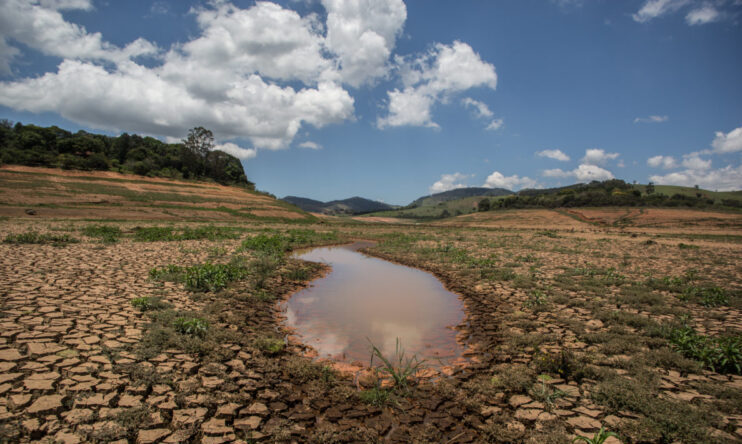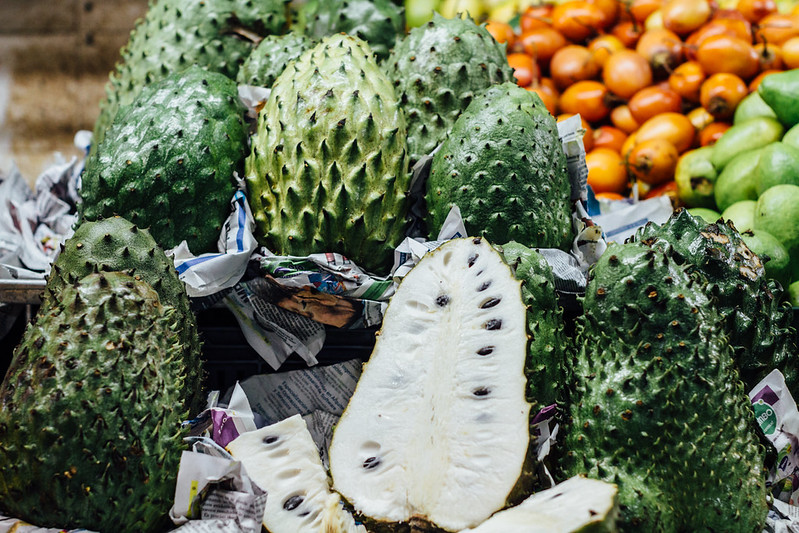
In recent months, Latin America has been dealing with the impacts of the El Niño phenomenon, a weather pattern characterized by warmer than average sea surface temperatures in the Pacific Ocean. This natural phenomenon often causes major climatic disruptions around the world, affecting rainfall patterns, temperatures and agricultural production in several regions.
Latin America, in particular, has experienced a spectrum of extreme weather events, from intense rainfall to prolonged droughts and dizzying temperatures, underscoring the far-reaching consequences of this phenomenon. In this context, the forest fires experienced during January in Colombia, or the brutality of fire in Chile, define a complex and changing phenomenon that causes both floods and prolonged droughts.
The influence of El Niño on rainfall patterns
One of the most notorious effects of the El Niño phenomenon is its influence on rainfall patterns. In some areas of Latin America, such as the coasts of Peru and Ecuador, heavy rains and flooding have wreaked havoc, causing serious damage to infrastructure.
In contrast, other regions have experienced a shortage of rainfall, leading to severe droughts and concerns about water scarcity. This is the case of Colombia, which is experiencing a dry season with less rain than normal.
In general, although this may vary, El Niño causes significant rainfall in areas of Chile, Argentina, Peru and parts of southern Ecuador. In Central America, it also has the same influence on parts of the Atlantic coast, especially in the Yucatan Peninsula and nearby areas.
On the other hand, the same phenomenon exacerbates periods of drought and lack of rain in areas of Mexico, the Pacific coast of Central America, Colombia, Venezuela and northern Ecuador, the Guyanas, Surinam and much of Brazil.
Impact on agriculture and food security
The fluctuating rainfall patterns associated with El Niño also imply significant disruptions to agricultural production and food security in affected regions. In this regard, crop yields may be affected due to excess moisture or prolonged periods of drought, threatening livelihoods and exacerbating food insecurity.
In addition, the disruption of fishing activities along the Pacific coast may further strain local economies that depend on marine resources for their livelihoods and incomes.
Prices of basic foodstuffs may be affected, with significant increases in the face of reduced supply of some foodstuffs. This greatly affects economies that have a lack of storage and stockpiling capacity.

Rising temperatures and heat waves
Along with erratic rainfall, El Niño is also contributing to rising temperatures throughout Latin America. Heat waves have become more frequent and intense in recent years, exacerbating health risks and placing additional pressure on vulnerable populations.
Agricultural systems face increased challenges as crops become more susceptible to heat stress and water loss, further threatening food production and livelihoods.
Similarly, in countries such as Colombia, where a significant percentage of electricity is generated from hydroelectric power plants, this phenomenon can have a significant impact. Although water reserves are important (Colombia has an average of over 60% in its reservoirs) the decrease in reserves can lead to lower power generation and blackouts.
This has not been the case in Colombia, where the government has affirmed that at least for now, there is no need to fear blackouts in the short term. However, the situation could change if the phenomenon goes on beyond April. In neighboring Ecuador, there have been problems with electricity supply and blackouts. The country experienced intermittent power outages in October and November, when the most acute phase of El Niño affected the region. This is a situation that had not been experienced for thirteen years.

Impact of El Niño in Colombia
Colombia, located in a very sensitive area of South America, is not immune to the effects of El Niño. The country experiences a wide range of climatic conditions, and El Niño exacerbates existing climate extremes.
In some regions, such as Choco and the Amazon rainforest, Colombia has witnessed above-average rainfall, causing flooding and landslides. This was the case on January 12, when torrential rains triggered a landslide on a highway with a tragic death toll of 39 people.
On the other hand, parts of the Andean region and the Caribbean coast have suffered prolonged dry periods, affecting agricultural productivity and water resources. Dozens of municipalities are experiencing water shortages and the intense drought has unleashed a wave of fires in these regions. Although the authorities explained that arson caused 90% of the fires, the lack of rainfall and low humidity facilitated the spread of the flames.
The result: 36,000 hectares of vegetation burned, with significant damage to frailejones, a plant that inhabits moorland areas and favors the production of water and its channeling to the rivers by absorbing moisture from the fog.

A sharp impact that calls for change
As Latin America faces the multifaceted impacts of El Niño, resilience and adaptation remain paramount. Governments, communities and stakeholders must prioritize proactive measures to mitigate risks, improve preparedness and create sustainable solutions to withstand future climate fluctuations.
While the effects of El Niño may wax and wane, the imperative to address its impacts on livelihoods, ecosystems and economies remains, underscoring the need for concerted action and collaboration on a global scale.
Although El Niño is a natural phenomenon not caused by human action, its consequences and impacts have become more acute in recent years, and its cyclical return threatens to turn the climate into a drawback for the economy and life in the affected regions.
See all the latest news from Colombia and the world at ColombiaOne.com. Contact our newsroom to report an update or send your story, photos and videos. Follow Colombia One on Google News, Facebook, Instagram, and subscribe here to our newsletter.

